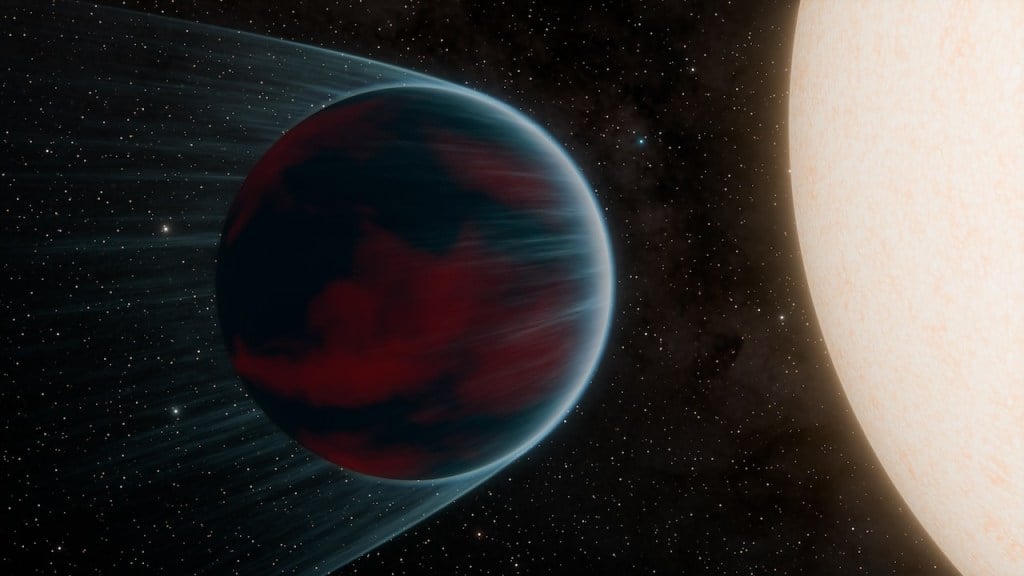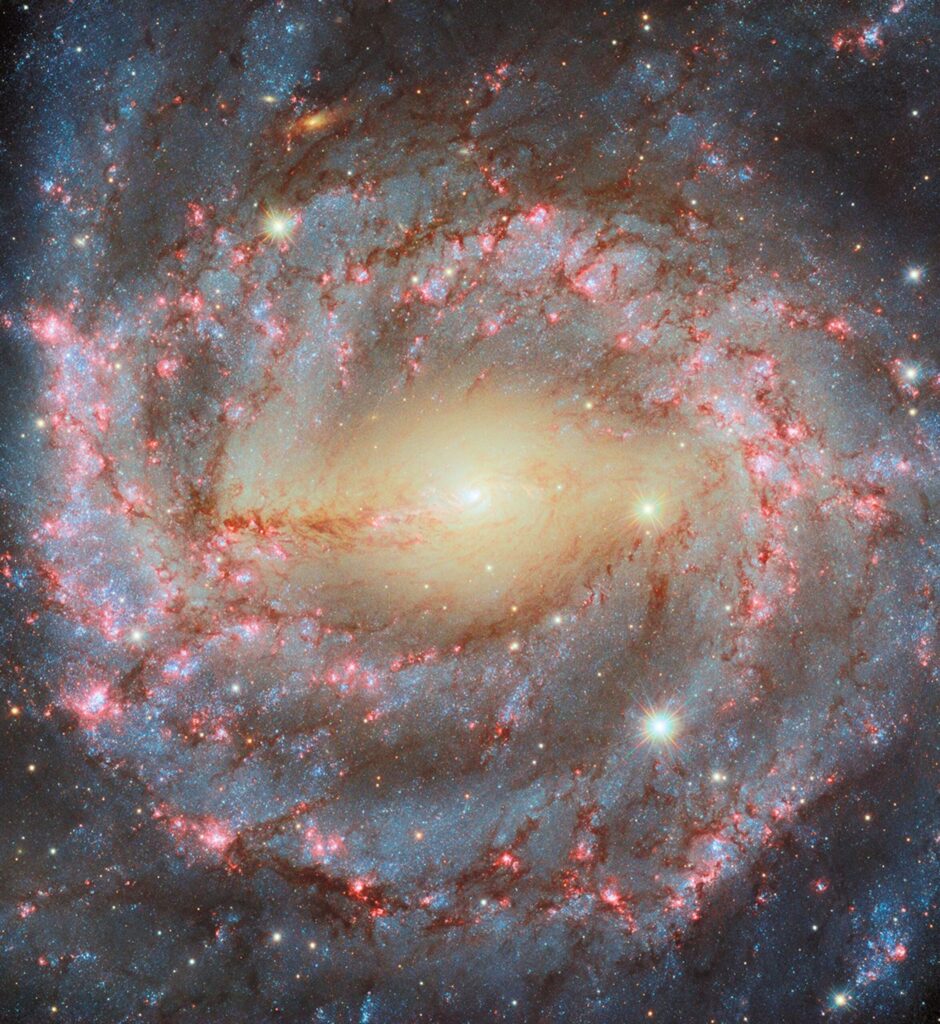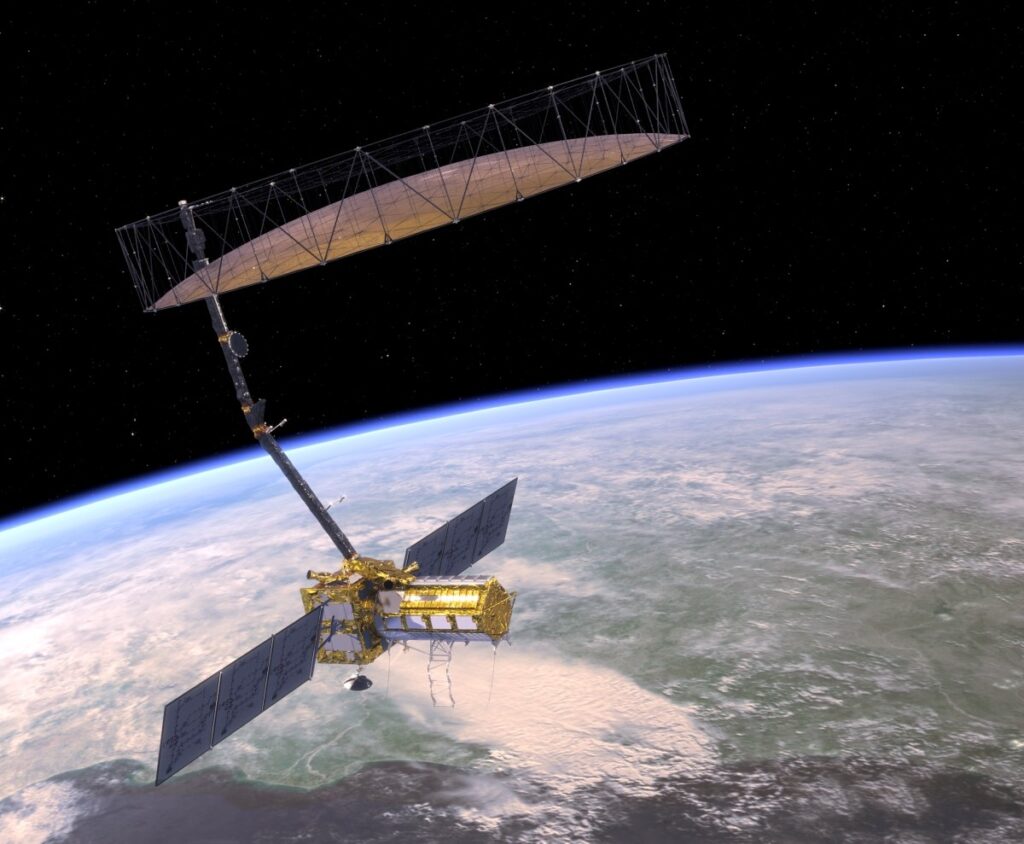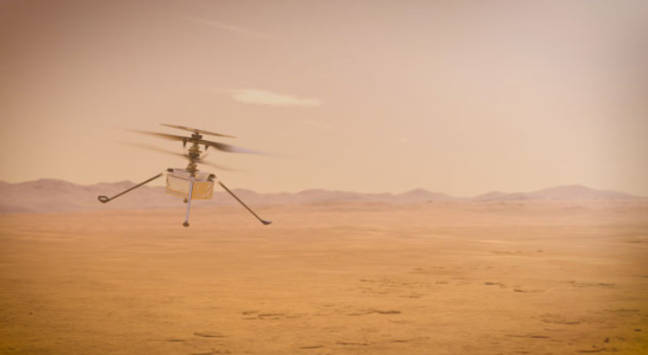Hubble Images a Classic Spiral
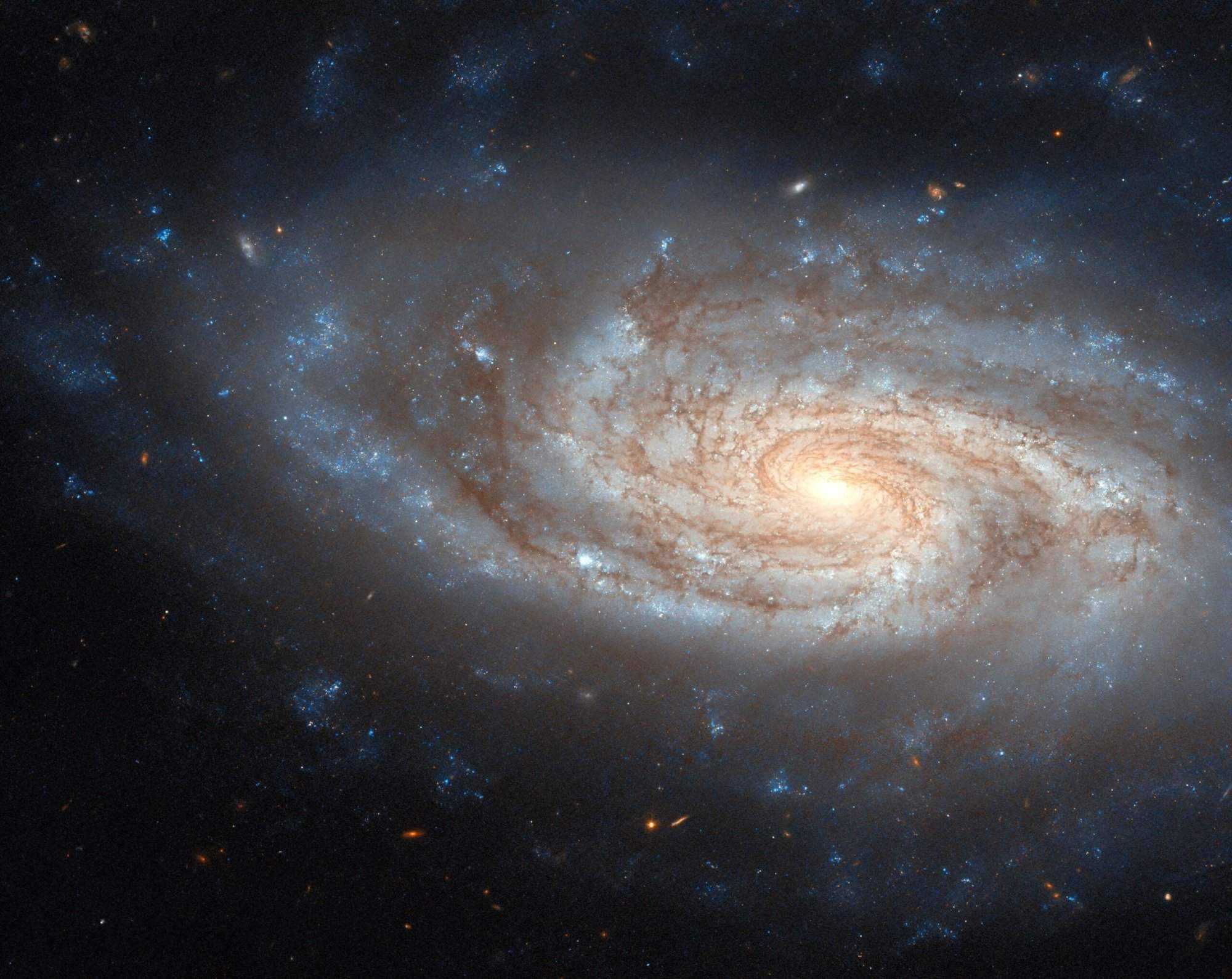
NASA Space Technology
NASA Hubble Mission Team
Goddard Space Flight Center
Jul 26, 2024
This NASA/ESAHubble Space Telescopeimage treats viewers to a wonderfully detailed snapshot of the spiral galaxy NGC 3430 that lies 100 million light-years from Earth in the constellation Leo Minor. Several other galaxies, located relatively nearby to this one, are just beyond the frame of this image; one is close enough that gravitational interaction is driving some star formation in NGC 3430 — visible as bright-blue patches near to but outside of the galaxy’s main spiral structure. This fine example of a galactic spiral holds a bright core from which a pinwheel array of arms appears to radiate outward. Dark dust lanes and bright star-forming regions help define these spiral arms.
NGC 3430’s distinct shape may be one reason why astronomerEdwin Hubbleused to it to help define his classification of galaxies. Namesake of the Hubble Space Telescope, Edwin Hubble authored a paper in 1926 that outlined the classification of some four hundred galaxies by their appearance — as either spiral, barred spiral, lenticular, elliptical, or irregular. This straightforward typology proved extremely influential, and the detailed schemes astronomers use today are still based on Edwin Hubble’s work. NGC 3430 itself is a spiral lacking a central bar with open, clearly defined arms — classified today as an SAc galaxy.
Image credit: ESA/Hubble & NASA, C. Kilpatrick



 Hot Deals
Hot Deals Shopfinish
Shopfinish Shop
Shop Appliances
Appliances Babies & Kids
Babies & Kids Best Selling
Best Selling Books
Books Consumer Electronics
Consumer Electronics Furniture
Furniture Home & Kitchen
Home & Kitchen Jewelry
Jewelry Luxury & Beauty
Luxury & Beauty Shoes
Shoes Training & Certifications
Training & Certifications Wears & Clothings
Wears & Clothings





